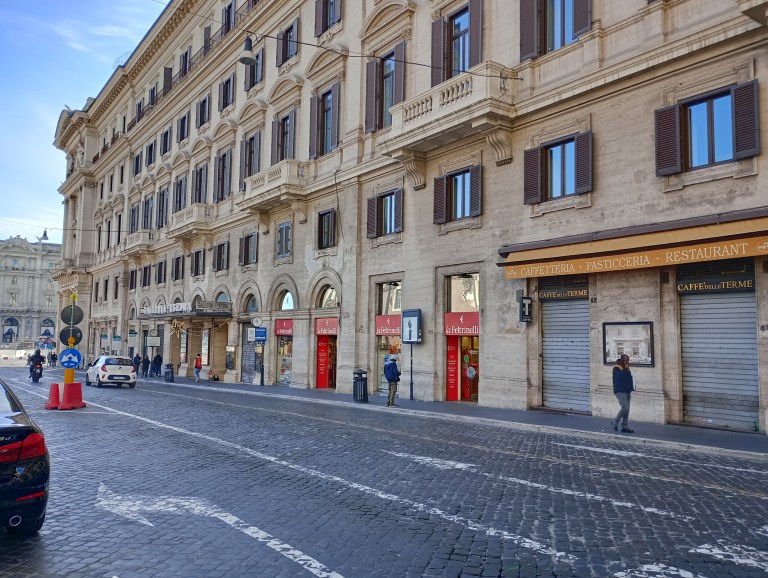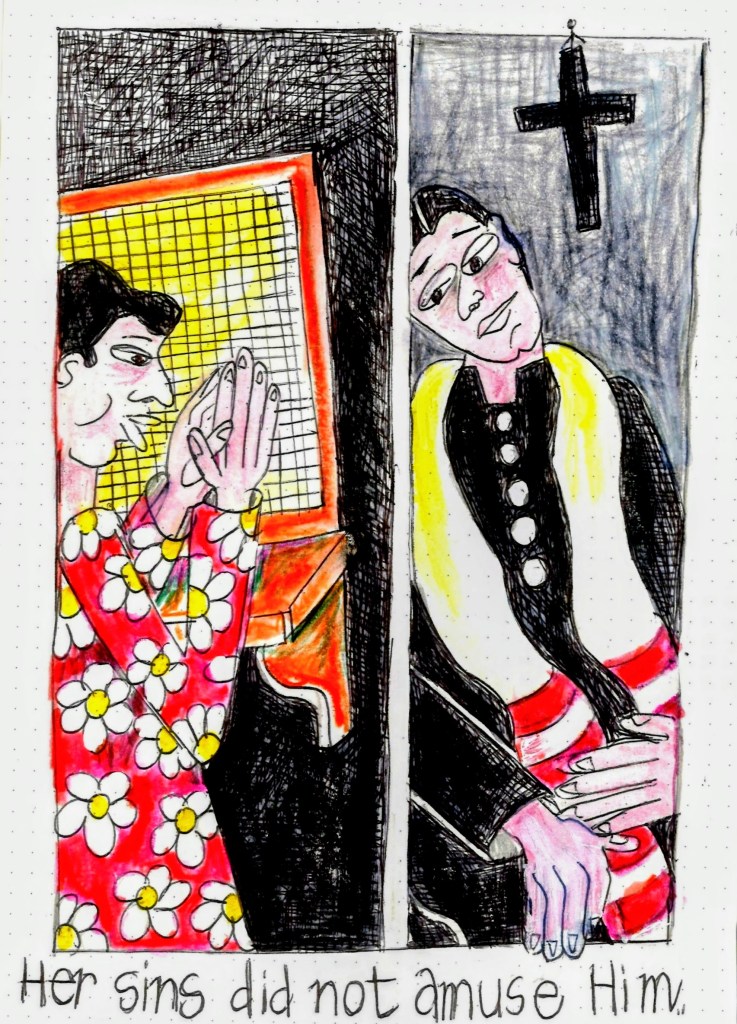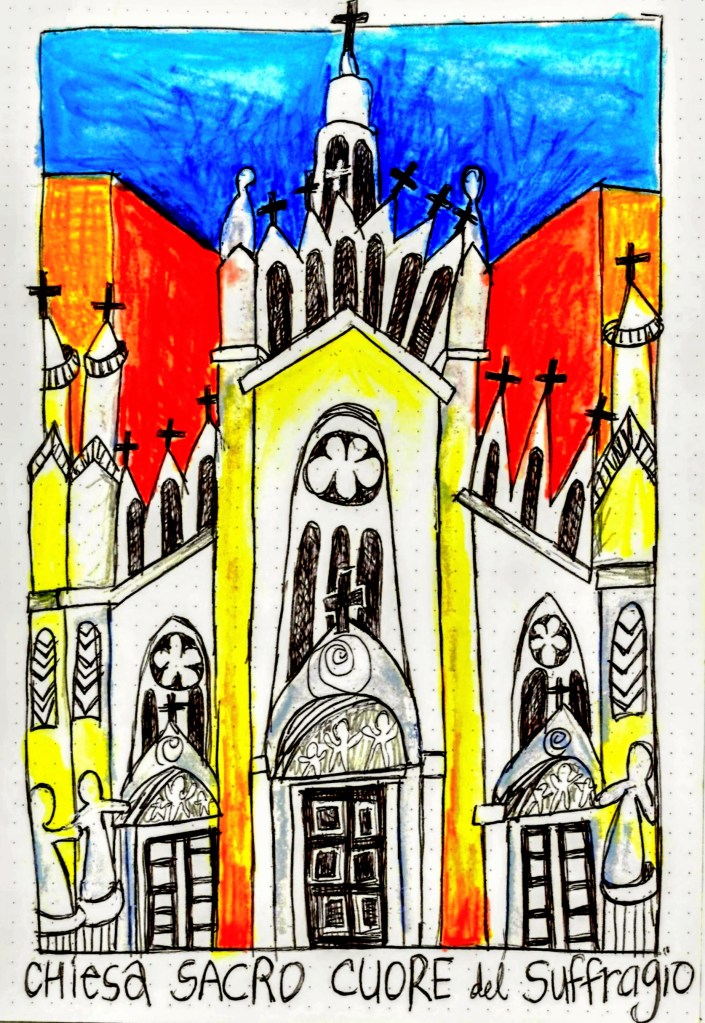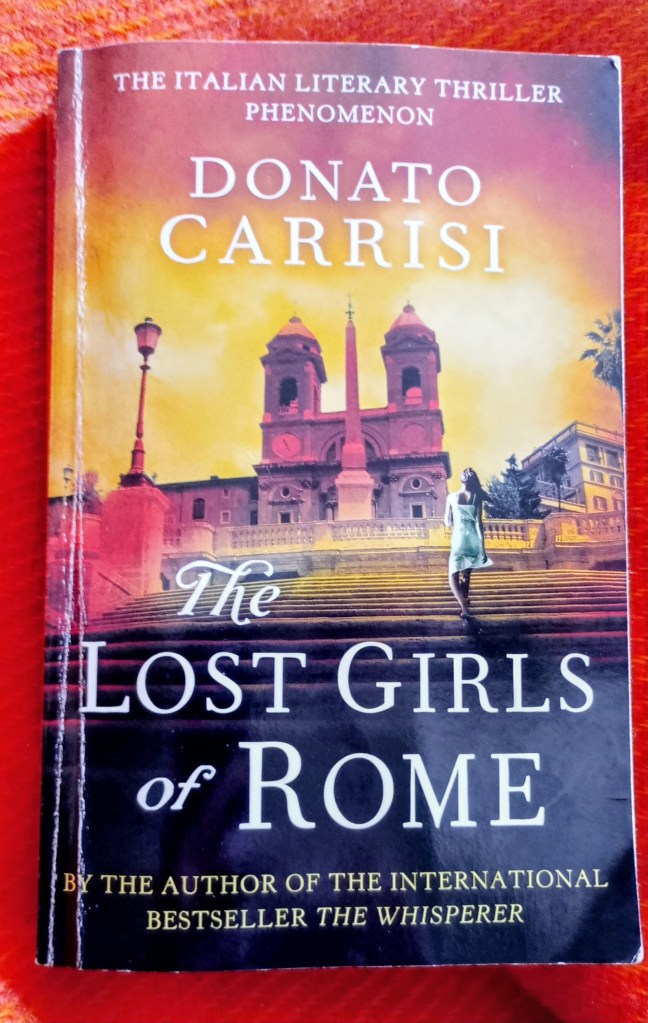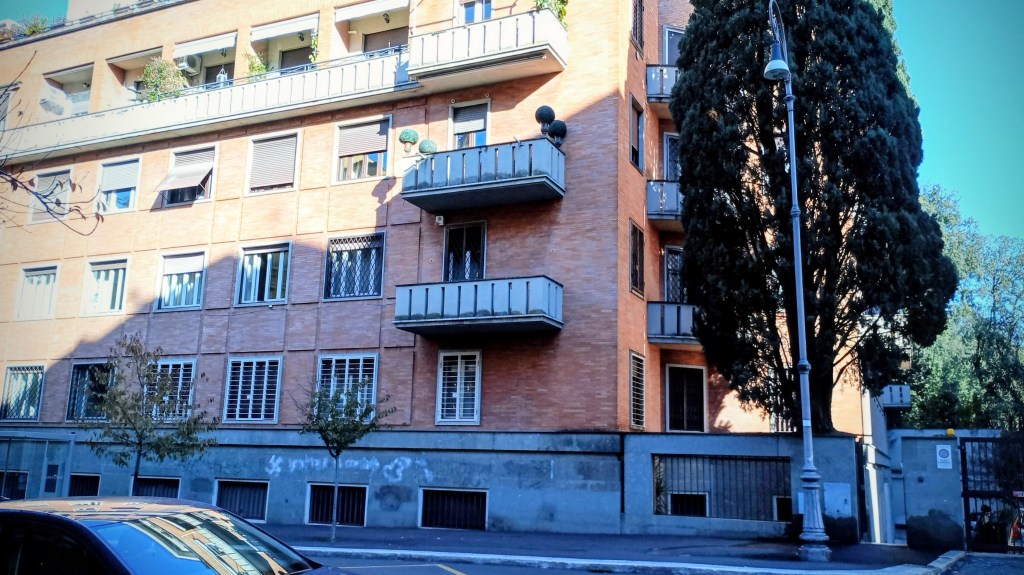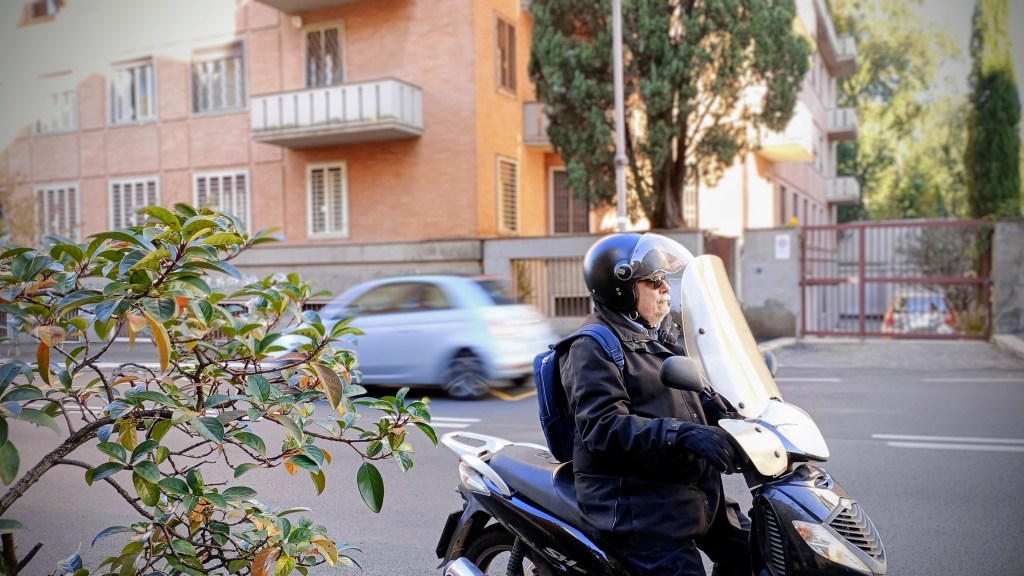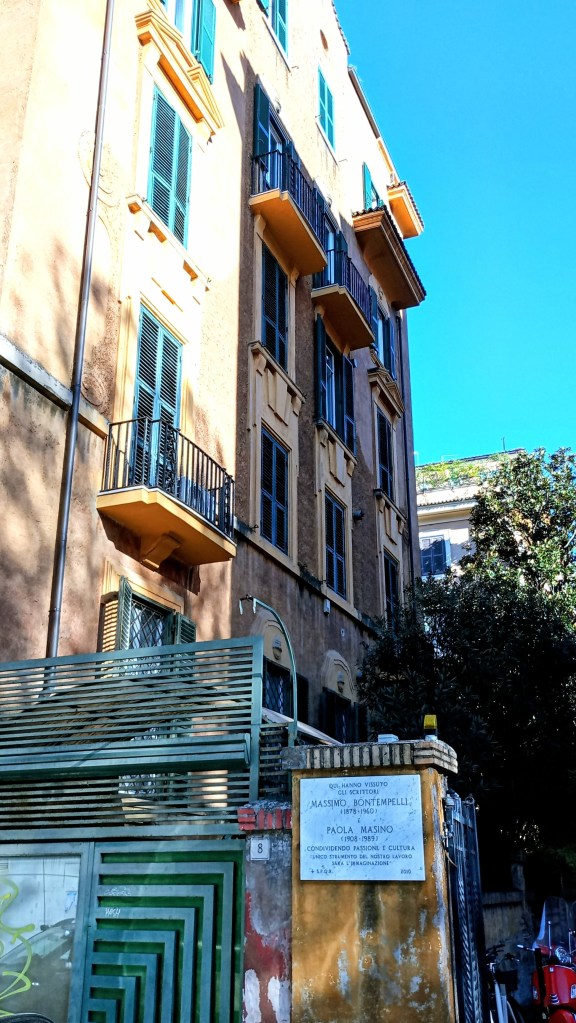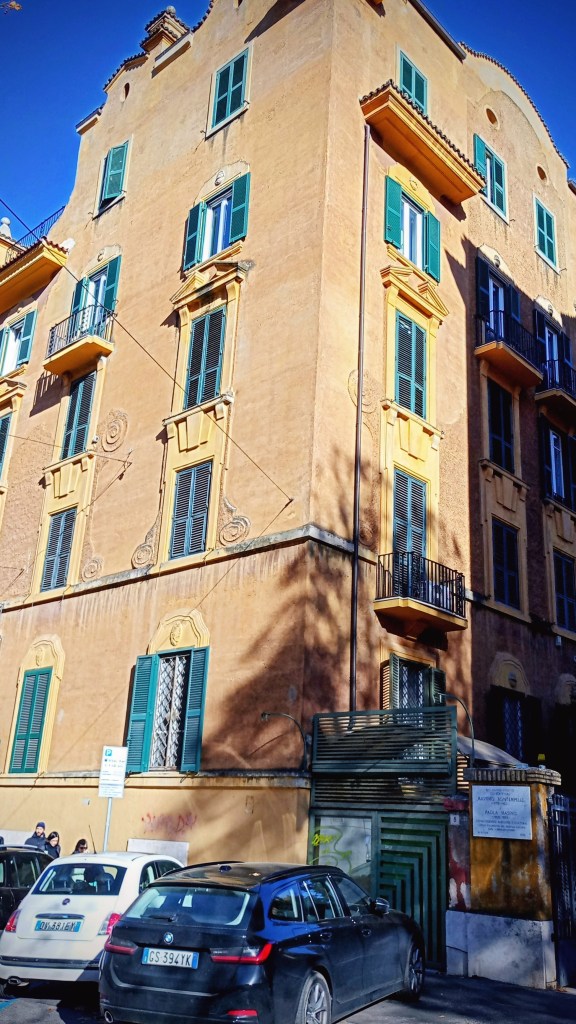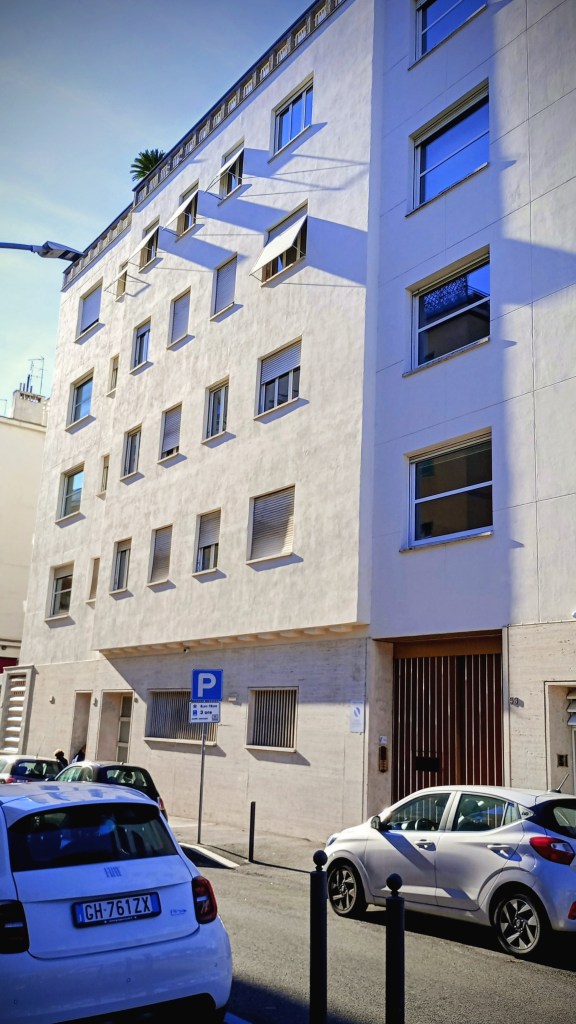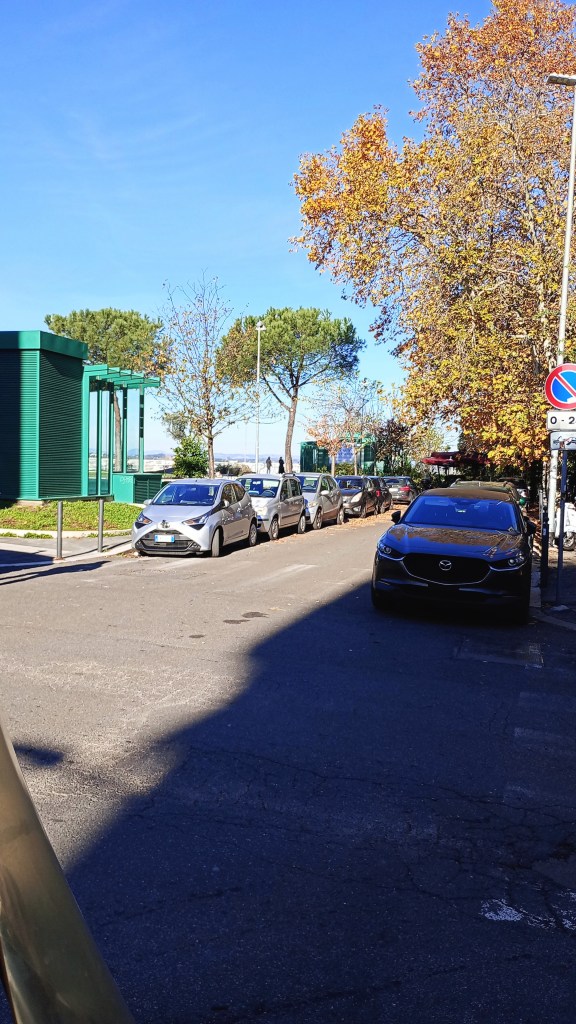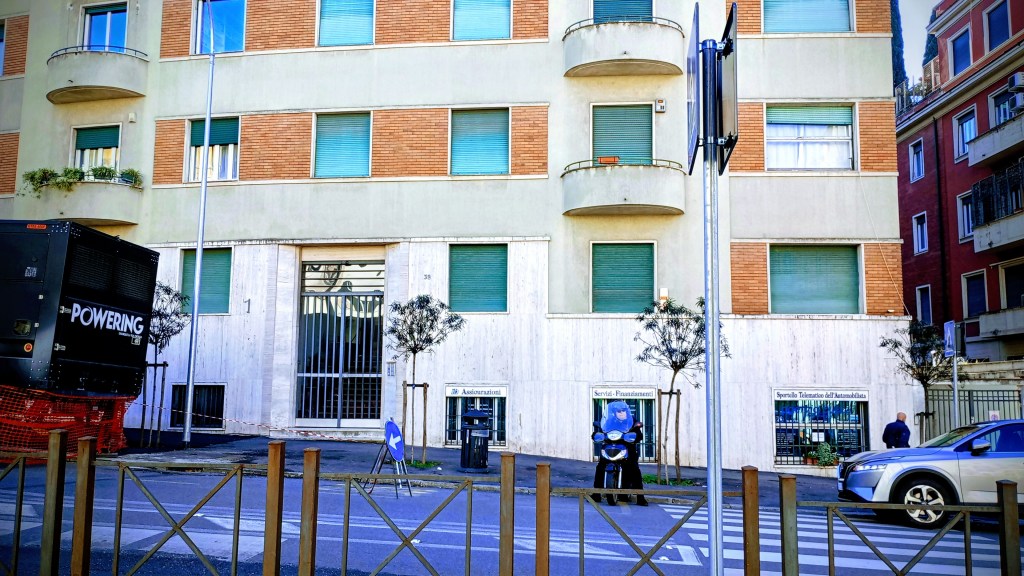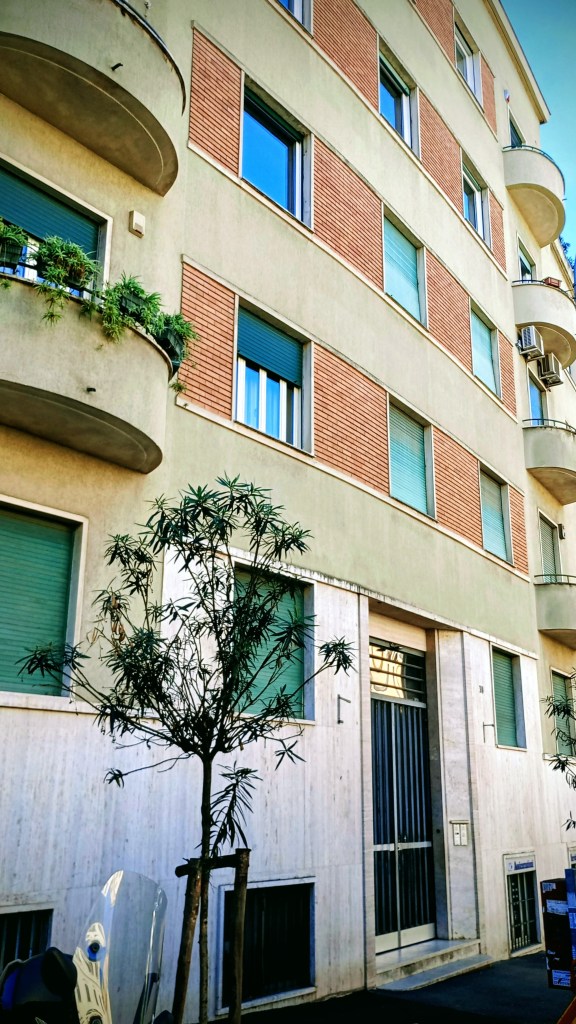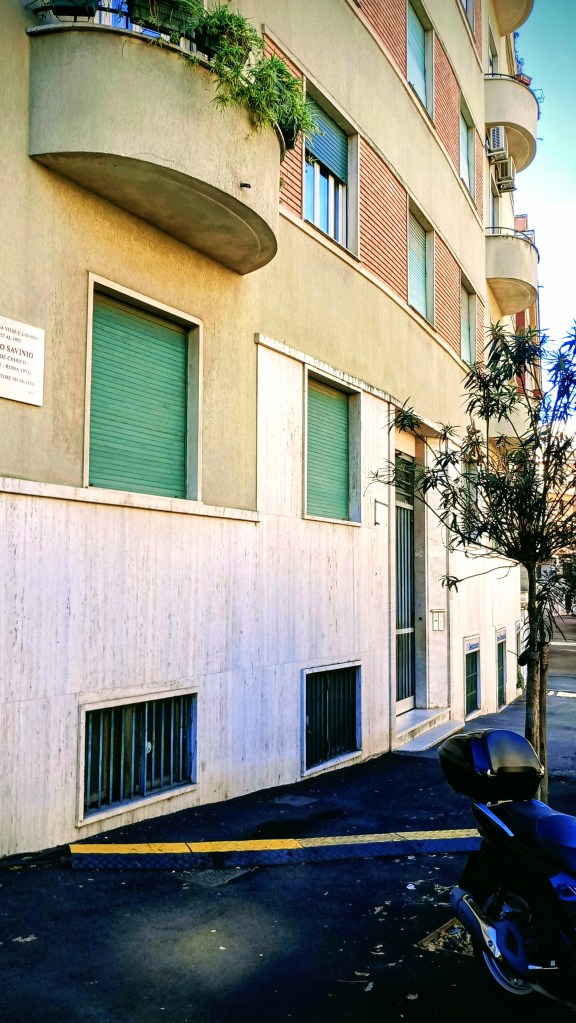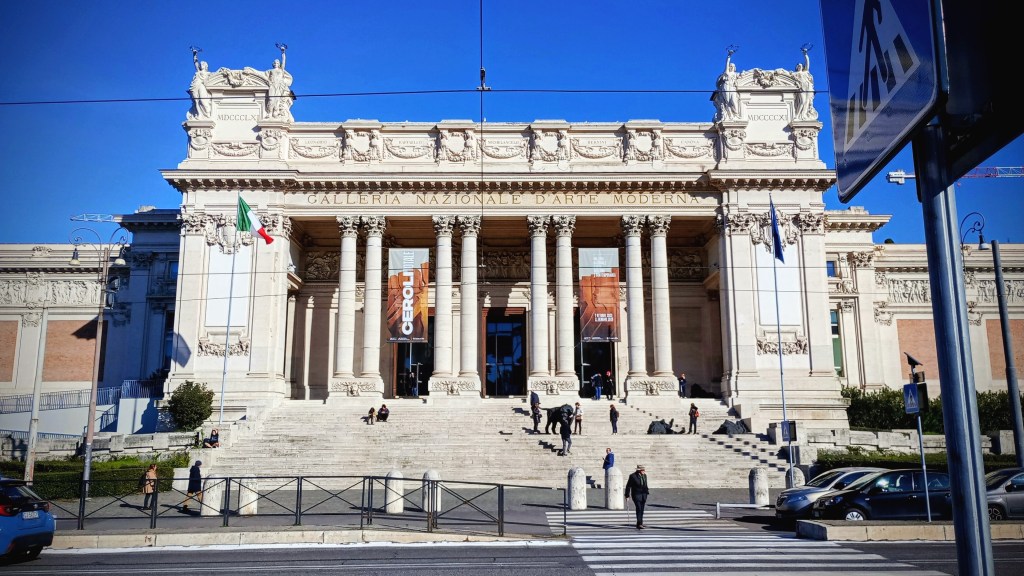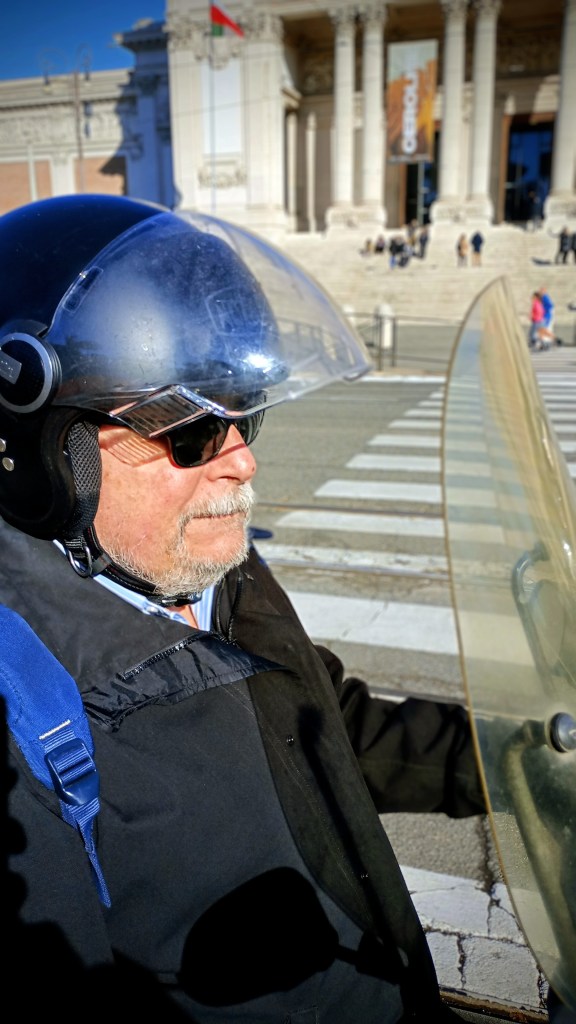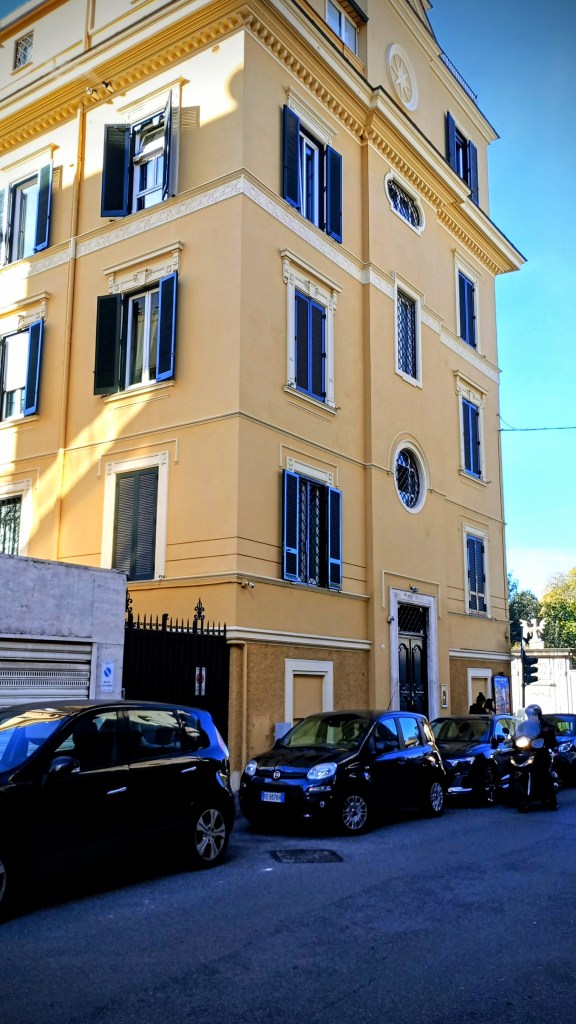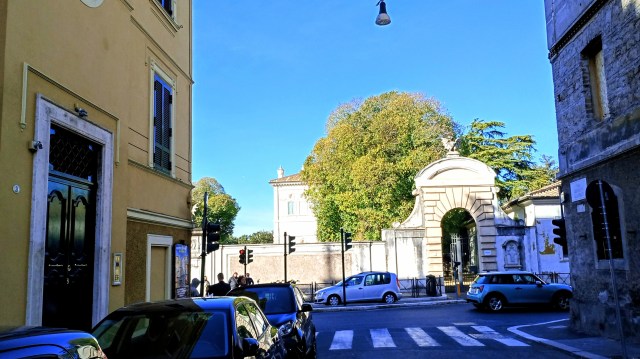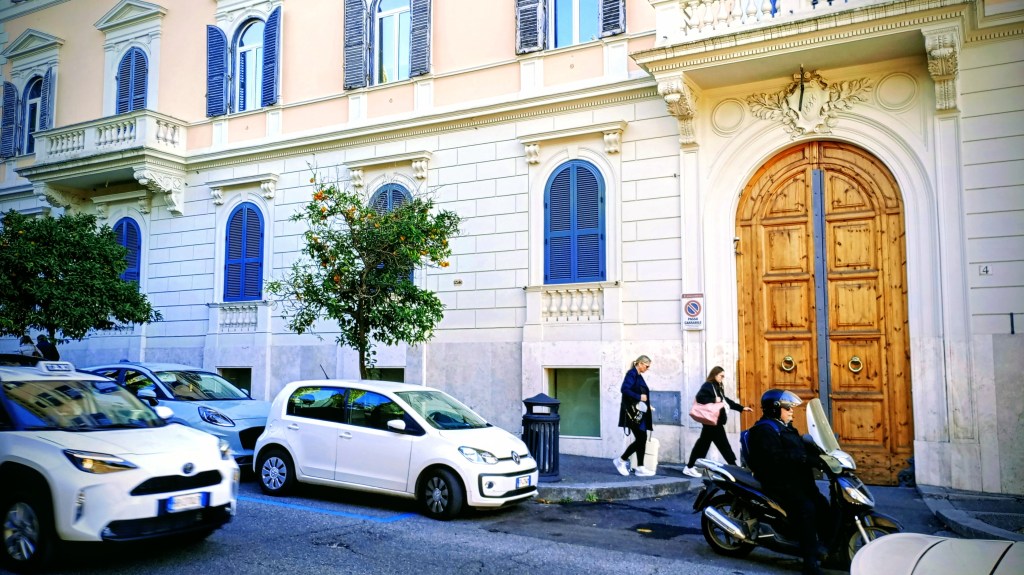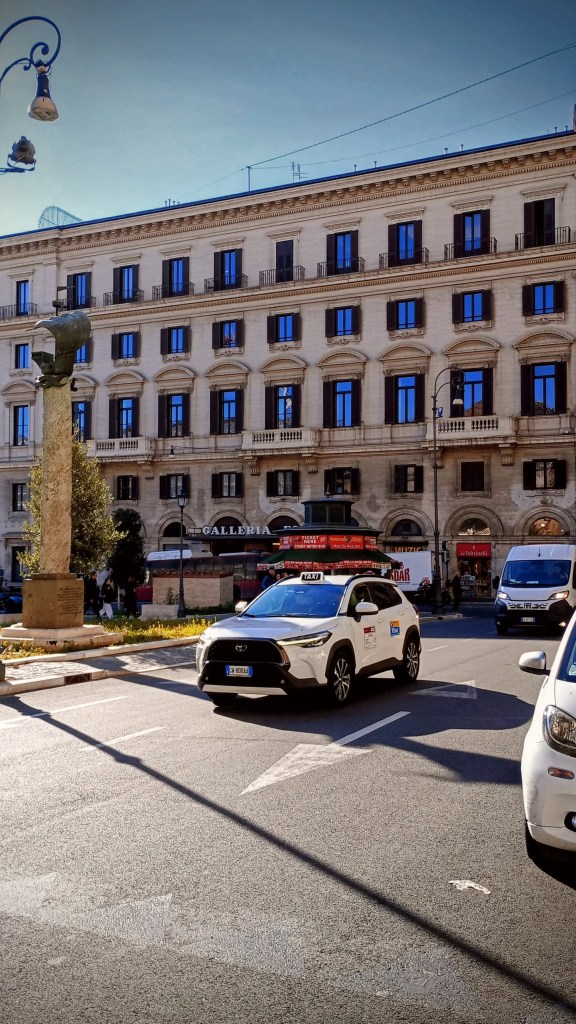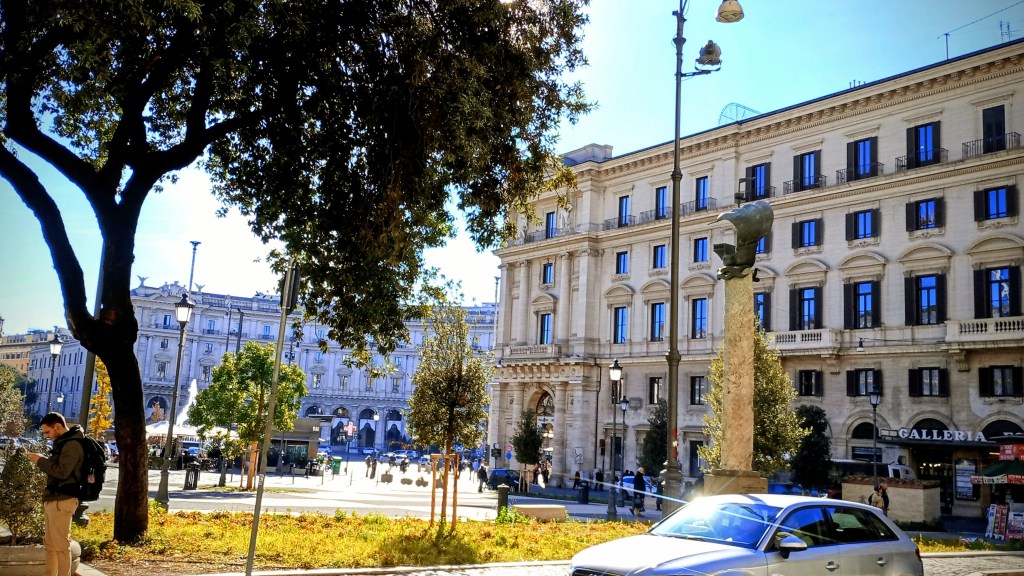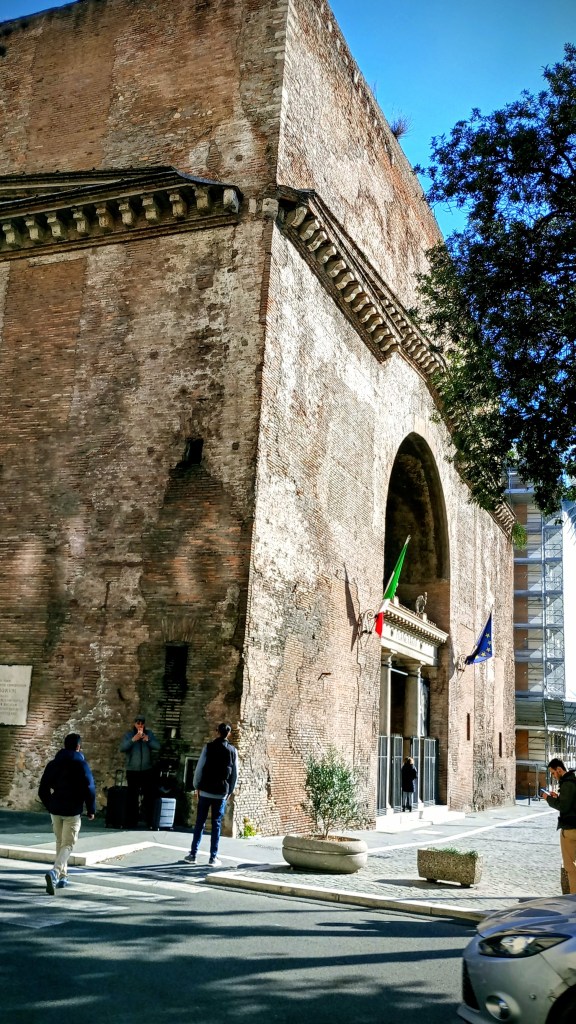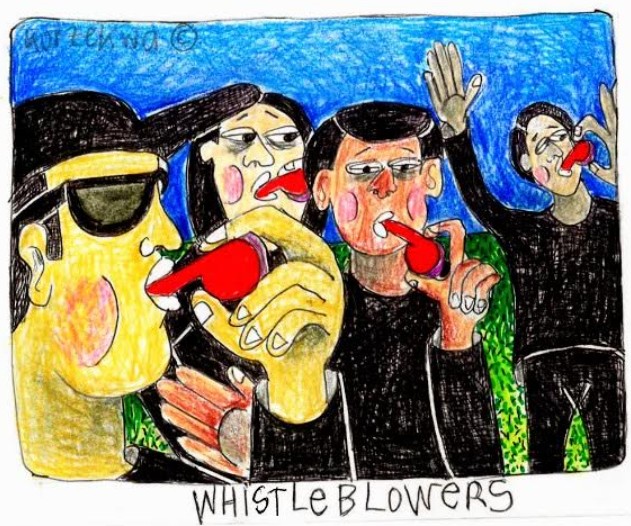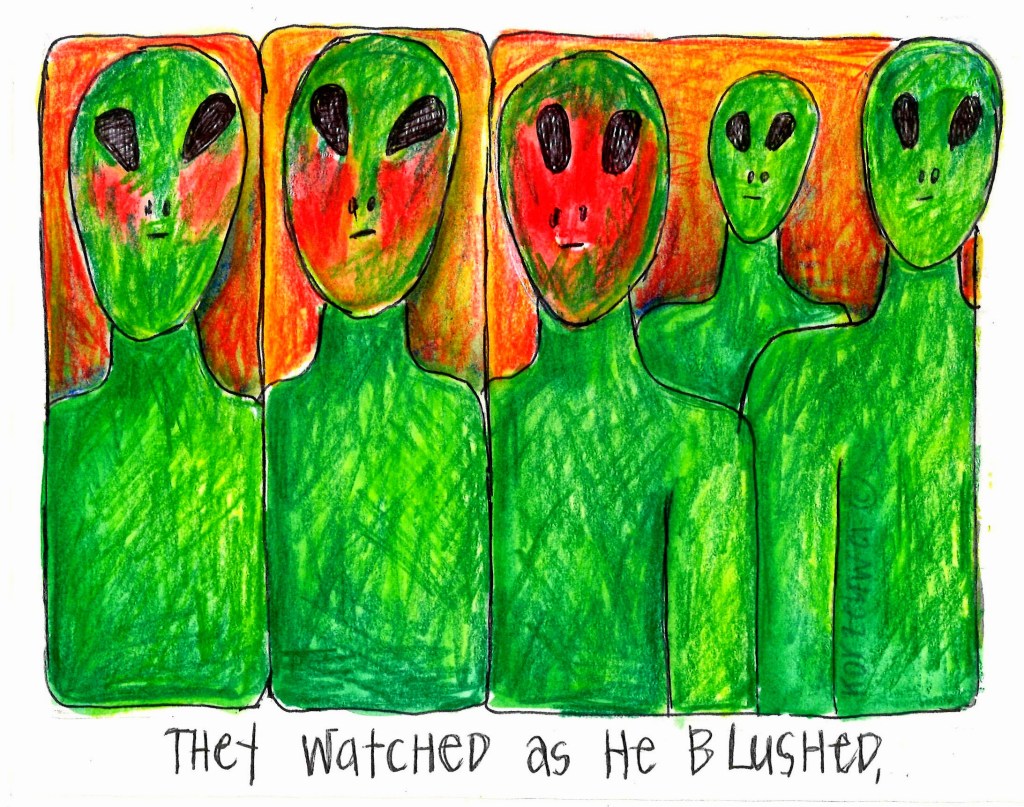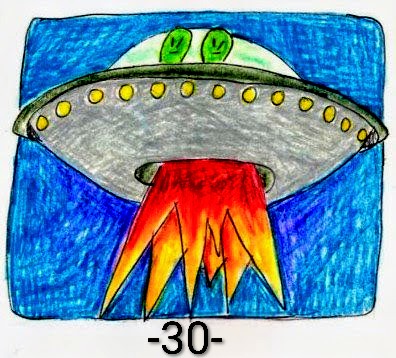Feltrinelli’s book store, towards Piazza della Repubblica, Roma
When we go to Feltrinelli’s at Piazza della Repubblica, I immediately head for the English language section. That’s where I discovered Donato Carrisi’s “The Lost Girls of Rome” (2011), the English translation of Carrisi’s “Il Tribunale delle Anime”. Carrisi became well known for his international best selling thriller, “The Whisperer” (“Il Suggeritore”).
“The Lost Girls of Rome” is a murder mystery with many stories within stories. Such as that of Sandra, a forensic photographer with Rome’s police department. She is in mourning as her husband died a few months earlier in mysterious circumstances and now she wants some answers. Sandra wants to know the truth and the truth is in Rome.
It’s an interesting read with a good enough pace. And it even taught me a few things:
1. Dogs are colorblind so they can’t see rainbows.
2. There’s a difference between the footprints of someone walking with those of someone running. If a footprint is deeper at the toes, the person was running.
3. In insane asylums, patients’ heads are shaved to avoid getting fleas.
4.The penitenzieri are members of a secret sect that initiated in the 12th cen. They are profiler priests who data mine confessional texts and then place them in a secret archive of evil. These priests then morph from priest profiler to priest detective. Once the solution to a crime is discovered, these priests find a way to communicate the information anonymously to the authorities.
5. “The Tribunal of Souls” refers to the Museum of the Souls of Purgatory inside the Church of the Sacred Heart of Suffrage facing the Tiber. In 1807, a fire destroyed part of the church. The priest, Victor Jouet, noticed an image of a face on the wall behind the altar created by the flames. Intrigued, Jouet decided that the image had been created by the soul of a man on his way to purgatory. He was convinced to the point of searching for other images he believed had been made by souls begging to have someone pray for them and minimize their time with the flames. Jouet was able to collect various scorched images he believed had been made by the dead wanting to go to heaven. They are on permanent display inside the church.
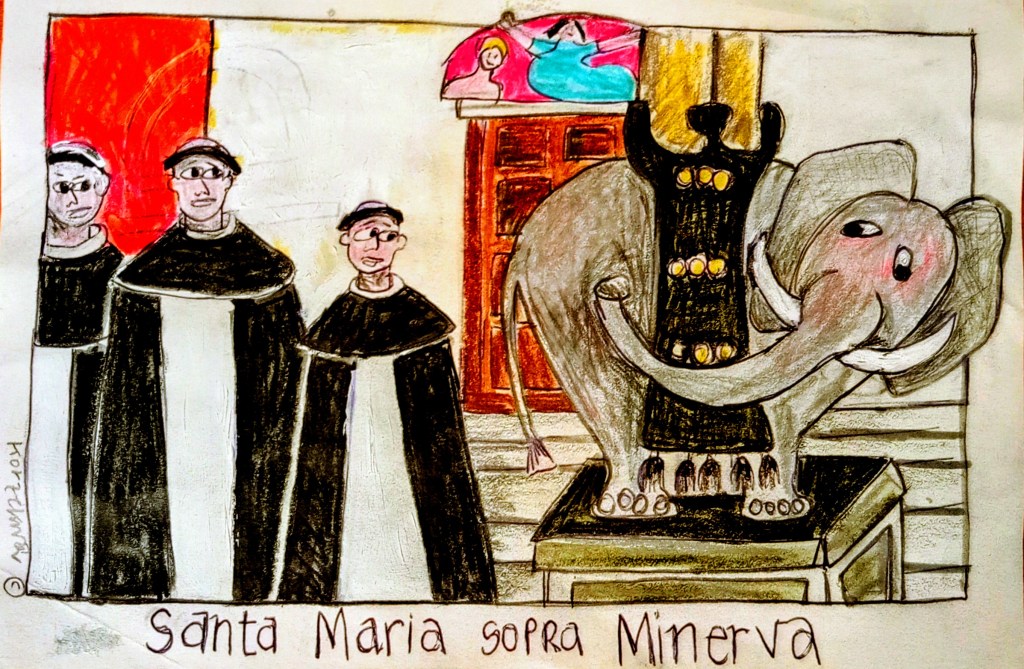
6. Not far from the Pantheon is the church of Santa Maria sopra Minerva. “Sopra Minerva” translates as “above Minerva” because, in 1280, the church was built on top of an ancient temple dedicate to the goddess Minerva.
In front of the church is a statue of an elephant with an obelisk on its back. The obelisk was found in the gardens of the Dominican convent close by. It was originally brought to Rome by Emperor Diocletian to decorate Minera’s temple. The Pope wanted to put the obelisk upright and asked Bernini to find a solution. Bernini put the obelisk on an elephant’s back. He had deliberately positioned the elephant with its back turned to the nearby Dominican monastery in a mocking reference to the friar’s obtrusiveness.
7. The Syndrome of Fregoli or Fregoli Delusion is a rare neurological disorder in which a person mistakenly believes that different people are really just one single person who is able to radically change his appearance. It is a problem of misidentification.
The syndrome was named after Leopoldo Fregoli (1867-1936) was an Italian Quick-Change artist. He had the amazing capacity to totally change his appearance and in a very short time. Fregoli was so talented that when, in 1898 while performing in Rome, Eleonora Duse who was in the audience yelled out “bravo Fregoli” and subsequently expressed the desire to meet him. Or at least that‘s what Fregoli writes in his autobiography.
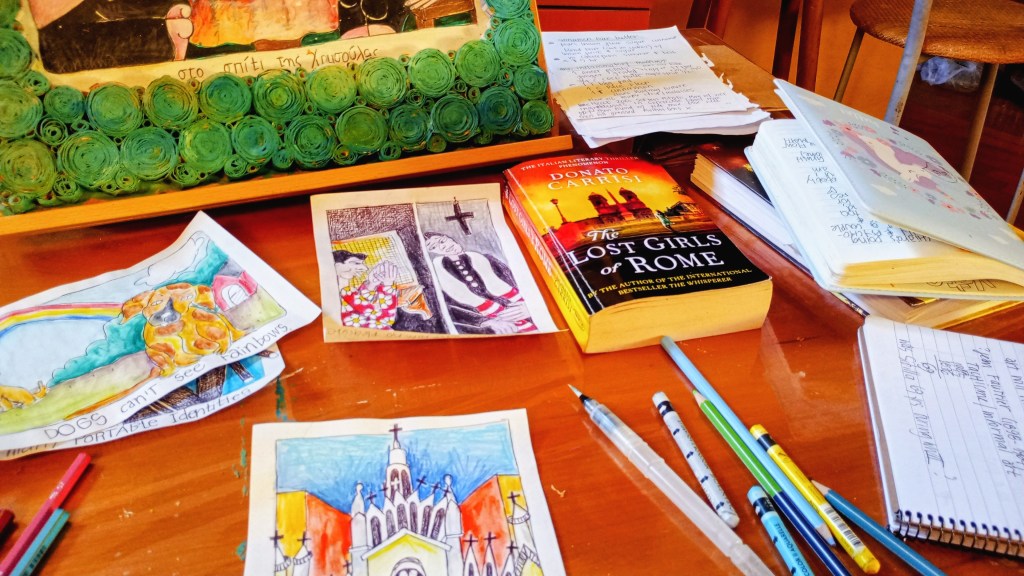
-30-
Related: THE LOST GIRLS OF ROME review + Of Obelisks and Pachyderms: Bernini’s Elephant in Piazza della Minerva + Museo delle anime del Purgatorio + Museum of the Holy Souls in Purgatory, a collection of objects supposedly singed by the hands of souls in purgatory + Apostolic Penitentiary +
Appropriations for AI will be jinxed.

